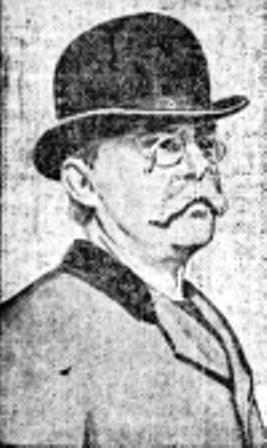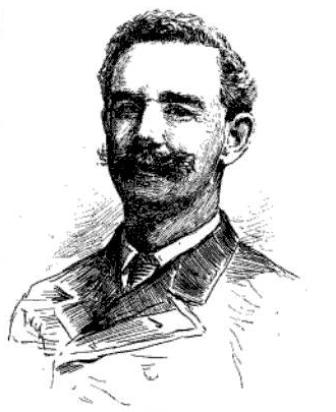“It is believed there is no track in the country so popular as that of the Coney Island Jockey Club, which lies almost in hearing distance of the ever-sounding seas…The drive to the track through Prospect Park and Ocean Parkway in itself is sufficient to put any one in good humor with himself and the world passing as it goes through tree-embowered glades and along lake-fringed paths and then past country villages and low-eaved farm-houses surrounded by evidences of plentiful comfort.” — Chicago Daily News, 1894
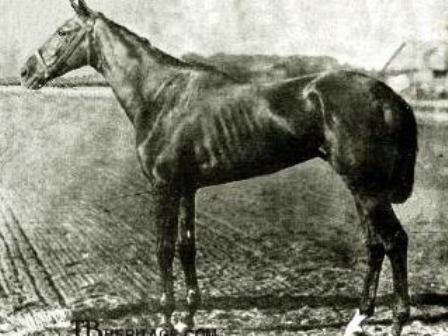
Once the site of a large Canarsee Indian village, Sheepshead Bay was still very much undeveloped 150 years after Europeans first settled in Gravesend in 1645. Even though the area attracted visitors during the summer months following the Civil War, Sheepshead Bay was mostly occupied by farmers, fishermen, and a few roadhouse keepers as recently as 1875. That year, in fact, only about 30 families called this large section of Brooklyn their home.
Although Sheepshead Bay was still a sleepy village in 1875, Coney Island – and in particular, Norton’s Point — was on the verge of becoming a major summer resort for New Yorkers. Recognizing the need for an equestrian race track near the Brooklyn seashore, several prominent members of the American Jockey Club decided to form a jockey club to serve this part of Brooklyn.

The Coney Island Jockey Club was organized on July 4, 1878, with Leonard Walter Jerome elected president and John G. Heckscher elected secretary and treasurer. William Kissam Vanderbilt, a good friend of Jerome’s, was also a founding member of the club.
Leonard W. Jerome, the grandfather of Winston Churchill, was a successful stock speculator known as “The King of Wall Street.” An avid sportsman, he helped build the Jerome Park Racetrack in the Bronx (site of the first Belmont Stakes in 1867) and was one of the founders of the Coney Island Jockey Club. Jerome Avenue in the Bronx, Jerome Avenue in Brooklyn, Jerome Park Reservoir, and the Jerome Stakes are all named after him.
The Prospect Park Fair Grounds
In its first season, as the men made plans to construct a track and clubhouse closer to the surf in Sheepshead Bay, the Coney Island Jockey Club held its races at the Prospect Park Fair Grounds in Gravesend.
The fair grounds had been established in 1868 when a group of Brooklyn businessmen acquired the old Nicholas Stillwell and Jacobus Cropsey farms. Located opposite the Hubbard House (still standing today at 2138 McDonald Avenue), the Prospect Park Fair Grounds comprised a half-mile track for saddle and harness racing, a clubhouse, and the Hotel Gravesend (aka Brettells Hotel).
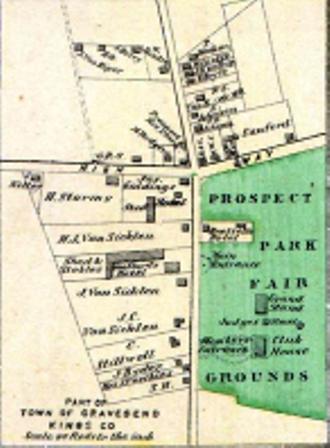
During its heydays, some considered the Prospect Park Fair Grounds to be the finest race track in the country. But as the newer mile-long tracks rose in popularity, the half-mile track — and harness racing in general — began to lose its appeal. In 1886, the Brooklyn Jockey Club replaced the Prospect Park Fair Grounds with the much larger Gravesend Race Track in order to accommodate thoroughbred racing.

The Sheepshead Bay Race Track
On June 19, 1880, the Coney Island Jockey Club initiated its second season at its new course near Sheepshead Bay. Carved out of a thick patch of woods on 2200 acres, the Sheepshead Bay track was unique in that it had both a standard dirt track and an English-style turf (grass) track, making it the first of its kind in the United States.
The new track was bounded by Ocean Avenue, Jerome Avenue, Avenue W, and Norstrand Avenue. It featured a large grandstand near today’s Avenue X and East 23rd Street, a betting pavilion on Avenue X, and a judge’s stand right about where the basketball courts are now, at the northwest corner of the Bill Brown Playground.

The Dwyer Brothers’ Stables
One of the most famous and successful stables at the Sheepshead Bay Race Track was owned by Philip J. Dwyer and his brother Michael F. Dwyer. The Dwyer brothers had a butcher shop on the corner of Atlantic Avenue and Court Street, but they made their fortune in the meat packing industry, supplying butcher shops, eating establishments and hotels.
Although they didn’t have much knowledge of horses, they took an interest in racing and entered the horse business in 1874 — when Phil was 30 and Michael was 27 — by purchasing a horse named Rhadamanthus from August Belmont. The brothers earned their claim to fame in the sport of kings when they won the 1881 Kentucky Derby with future U.S. Hall of Fame colt Hindoo (they also finished second with Runnymede the following year).
Hindoo, the Hall of Fame Racehorse
One of the greatest racehorses of the 19th century was Hindoo, a bay colt bred by Daniel Swigert at Stockwell Farm in Kentucky. Foaled in 1878, Hindoo took command of the racing scene immediately upon his arrival as a two-year-old in 1880. By the time he retired in 1882, Hindoo had won 30 of 35 starts — including 18 consecutive victories during his 3-year-old season and 26 stakes races — and established a new American record for career earnings at $71,875.
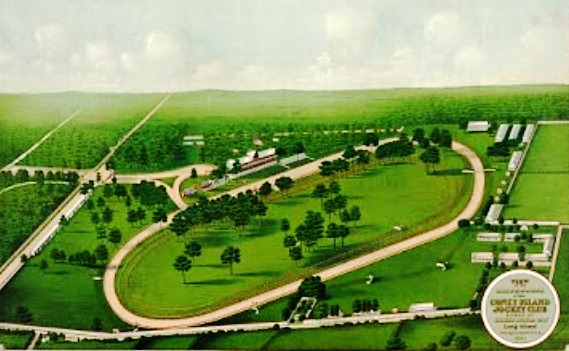
In 1880, Phil and Mike Dwyer purchased Hindoo from Daniel Swigert for $15,000. They turned him over to renowned trainer and jockey James Gorden Rowe (also a Hall-of-Fame member), who, at the age of 24, became the youngest trainer to win the 1½-mile Kentucky Derby on May 17, 1881.
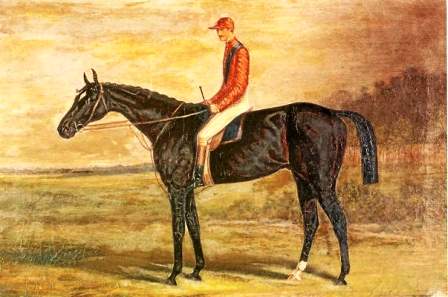
After just two years of hard racing, Hindoo began to wear down from the grueling campaigns. The Dwyers had no interest in the breeding aspect of racing, so they sold Hindoo to Colonel Ezekiel F. Clay and Colonel Catesby Woodford or Paris, Kentucky. In return, the Dwyers received $7,000 and a 2-year-old filly named Miss Woodford, who became America’s first $100,000 earner and eventually a member of the Hall of Fame.
Hindoo enjoyed a successful stud career at Clay and Woodford’s Runnymede Farm. He sired such winners as future Hall of Fame member Hanover, stakes winners Hindoo Rose and Jim Gore, and . Preakness winner Buddhist, among others. He lived at Runnymede until his death in 1901 at the age of 23. In 1955, he was included in the National Museum of Racing’s inaugural Hall of Fame class.

The End of an Era
In 1908, the administration of New York Governor Charles Evans Hughes signed the Hart-Agnew bill, which effectively banned all racetrack betting in New York State. A 1910 amendment to the legislation added further restrictions, and by 1911, all racetracks in the state ceased operations (the ban was lifted shortly for the 1913 racing season).
The Sheepshead Bay Race Track was sold to the Sheepshead Bay Speedway Corporation, which converted the horse track to an automobile race track. Several races were held from October 1915 through September 1919, including the Astor Cup Race and the Harkness Trophy Race (named for majority stockholder Harry Harkness).
The property was eventually sold in 1923 for residential real estate development.


